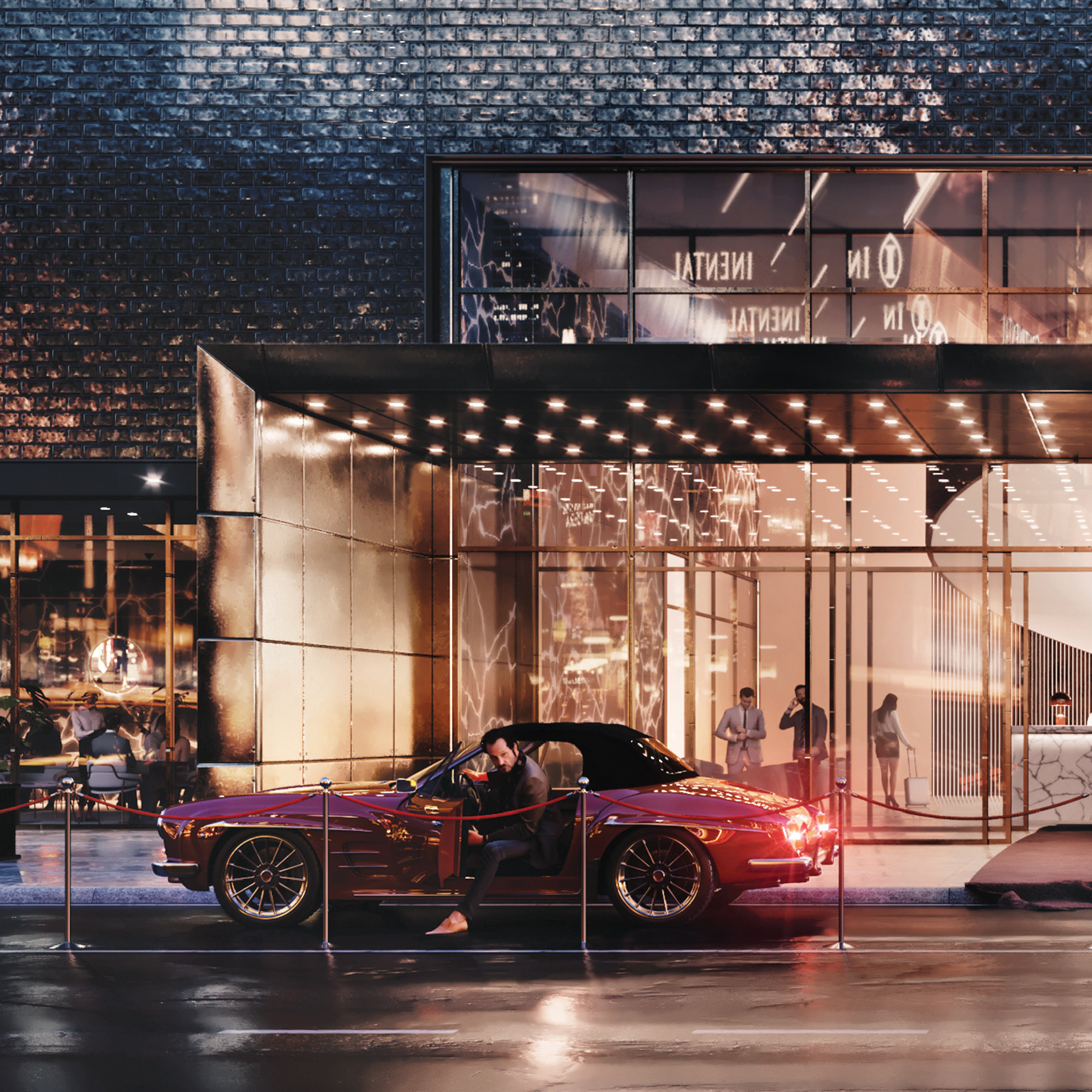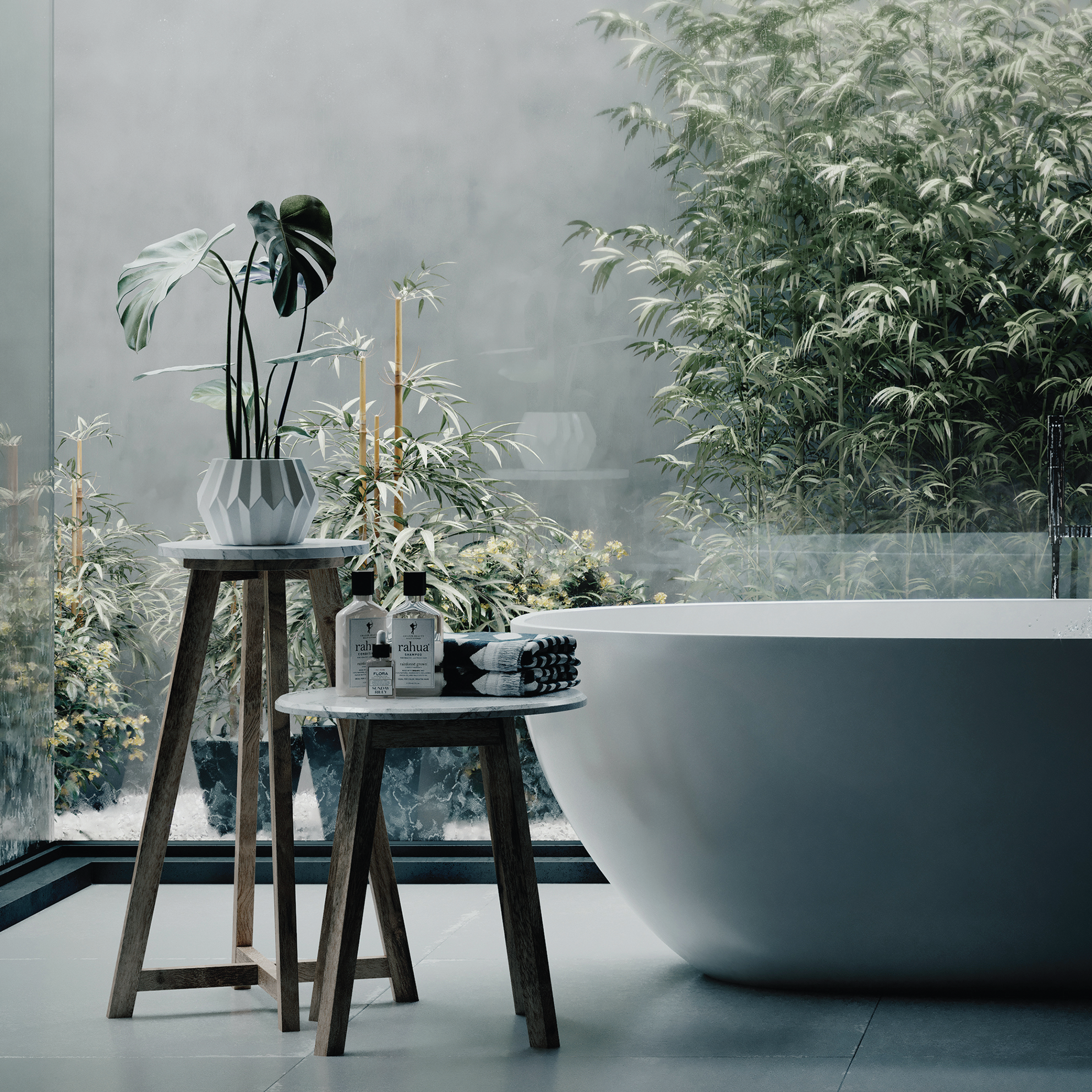




Book "The art of arch viz images"

photorealism?
this should not be your end goal!
Photorealism is said to be the most important goal in creating visualizations. However, I believe that this is only part of the truth. Let me explain my view with a simple example.
We need to agree that each photograph is photorealistic, as this is a photo, isn’t it?
However, is any person that takes a photo – photographer?
Not sure about your answer? Look for examples from everyday life in your head. Do you remember typical photos, e.g., from family celebrations, taken with a smartphone by someone who has no idea about the art of photography and uses the phone only to capture some memories?

I assume we agree that not every person should be called a photographer, and not each photo is the artwork. Perhaps this person aspires to be great at the field. However, just pressing the shutter won’t make him magically transmit all of the new skills and knowledge to him. There is much more behind photography than simply clicking the button.
Similarly, in the architectural visualization world, creating a photorealistic image is only the beginning of the journey. If you can make the visual with such a quality, you start from the level of an average person with a smartphone camera in your hands by analogy. You are aspiring to become a true 3d artist.
In this book, you will find out what separates a good 3d expert from a true artist.
8 Step System
You'll learn the 8 step system behind every fabulous image!

This step is the foundation of a great image. If this one is not in place, the visualization is ruined, no matter how great the materials and lighting you create.

To get the desired effect, you can create a composition in multiple ways, and one of them is changing the position and adjusting the settings of the camera.

It is the most powerful tool to capture emotions, to influence the perception of a viewer. A great lighting scenario is a perfect way to make your images stand out.

Using a suitable color palette helps in balancing an image. Colors affect mood, stimulate emotions, and guide a viewer's eyes to the most important parts of an image.

A 3d artist should be a great observer of the world, should have a great understanding of the materials characteristics to be able to recreate them in the best possible way.

The assets determine the character of the space, it's sort of instruction for a viewer to whom the presented space belong to.

If you want to draw attention of a viewer and keep it, you need to add a story to a space you present.

The visualization without post-production is like an unfinished product, by using it you may add a specific style to the image, highlight atmosphere and mood, add a final touch.
This step is the foundation of a great image. If this one is not in place, the visualization is ruined, no matter how great the materials and lighting you create.
To get the desired effect, you can create a composition in multiple ways, and one of them is changing the position and adjusting the settings of the camera.
It is the most powerful tool to capture emotions, to influence the perception of a viewer. A great lighting scenario is a perfect way to make your images stand out.
Using a suitable color palette helps in balancing an image. Colors affect mood, stimulate emotions, and guide a viewer's eyes to the most important parts of an image.
A 3d artist should be a great observer of the world, should have a great understanding of the materials characteristics to be able to recreate them in the best possible way.
The assets determine the character of the space, it's sort of instruction for a viewer to whom the presented space belong to.
If you want to draw attention of a viewer and keep it, you need to add a story to a space you present.
The visualization without post-production is like an unfinished product, by using it you may add a specific style to the image, highlight atmosphere and mood, add a final touch.








176
pages
8
steps
297
coffies
FAQ
Do you accept orders placed worldwide?
We sure do! We proudly ship worldwide.
How long will it take to get my orders?
Usually, it takes 3–7 days to fulfill an order, after which it’s shipped out. The shipping time depends on your location, but can be estimated as follows:
● USA: 3–4 business days
● Europe: 6–8 business days
● Australia: 2–14 business days
● Japan: 4–8 business days
● International: 10–20 business days
What are the shipping fees?
Shipping cost varies depending on where in the world you live. It will be calculated during checkout. We have free shipping for orders over 100€.
What about possible custom fees?
We are not responsible for any custom fees once the items have shipped. By purchasing our products, you consent that one or more packages may be subjected to local custom fees when they arrive in your country.










